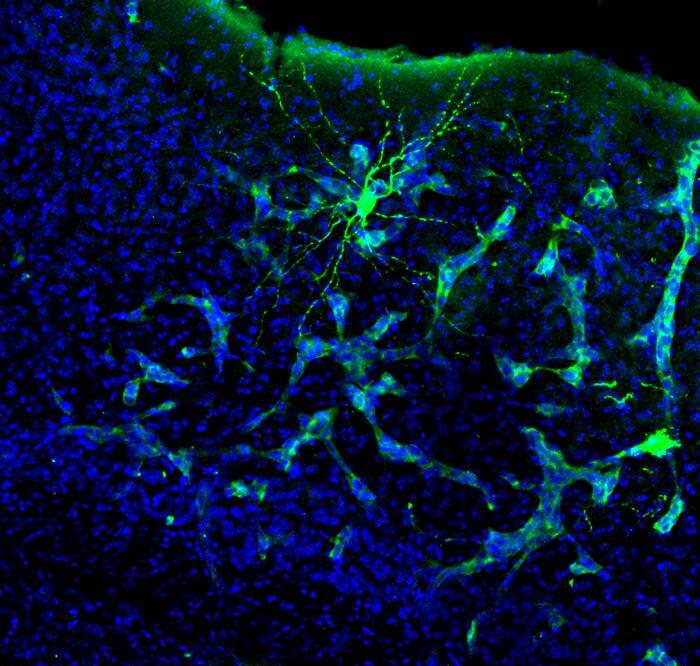MADRID, Spain — Brain tumors “hack” the communication between neurons, causing symptoms that are not related to the actual size of the cancer, a new study reveals. This discovery could pave the way for early detection of brain tumor spread and strategies to halt its progression.
Previously, scientists believed that the impairments resulting from brain cancer had a connection to the size of the tumor and the pressure it exerted on the patient’s brain. However, this groundbreaking study reveals that cancer metastasis, or the disease’s ability to spread, alters the brain’s chemistry and disrupts neuronal communication.
Researchers from the Spanish National Research Council (CSIC) and the Spanish National Cancer Research Centre (CNIO) utilized artificial intelligence (AI) to analyze the effects of cancer on different parts of the brain. They aimed to understand why small tumors could cause significant changes while large tumors might only lead to mild effects.
Almost half of all patients with brain metastasis suffer from cognitive impairment. The study indicates that this occurs when neurons, which communicate through electrical impulses generated and transmitted by biochemical changes in the cells and their surroundings, are disrupted.
“Our multidisciplinary study challenges the hitherto accepted assumption that neurological dysfunction, which is very common in patients with brain metastasis, is due solely to the mass effect of the tumor,” explains Manuel Valiente, head of the CNIO’s Brain Metastasis Group, in a media release.
“We suggest that these symptoms are a consequence of changes in brain activity resulting from tumor-induced biochemical and molecular alterations. This is a paradigm shift that could have important implications for diagnosis and therapeutic strategies.”

The researchers have started investigating the biochemical changes that might explain this alteration and identified a molecule, EGR1, that could play a crucial role in this process. This finding opens up the possibility of developing a drug to prevent or alleviate the neurocognitive effects of brain tumor metastasis.
The team compared the electrical activity of the brains of mice with and without metastases and observed that the electrophysiological recordings of the two groups were distinct. They then trained an automatic algorithm using numerous electrophysiological recordings, and the model successfully identified the presence of metastases.
The results confirm that metastasis indeed influences the brain’s electrical activity in a specific manner, leaving clear and recognizable signatures.
“Using machine learning, we have been able to integrate all the data to create a model that allows us to know whether there is or not metastasis in a brain, just by looking at its electrical activity. This computational approach may even be able to predict subtypes of brain metastases at an early stage. It is a completely pioneering work that opens up an unexplored path,” says Liset Menéndez de la Prida, director of the Laboratory of Neural Circuits at the Cajal Institute (CSIC).
“We will look for molecules involved in metastasis-induced changes in neuronal communication, and evaluate them as possible therapeutic targets,” Valiente adds.
The findings are published in the journal Cancer Cell.
You might also be interested in:
- Zika vaccine slows development of aggressive brain cancer, may lead to eventual cure
- Common parasite in undercooked meat linked to higher risk of rare brain cancer
- Cancer cells use octopus-like tentacles to change directions, invade tissue
South West News Service writer Jim Leffman contributed to this report.

